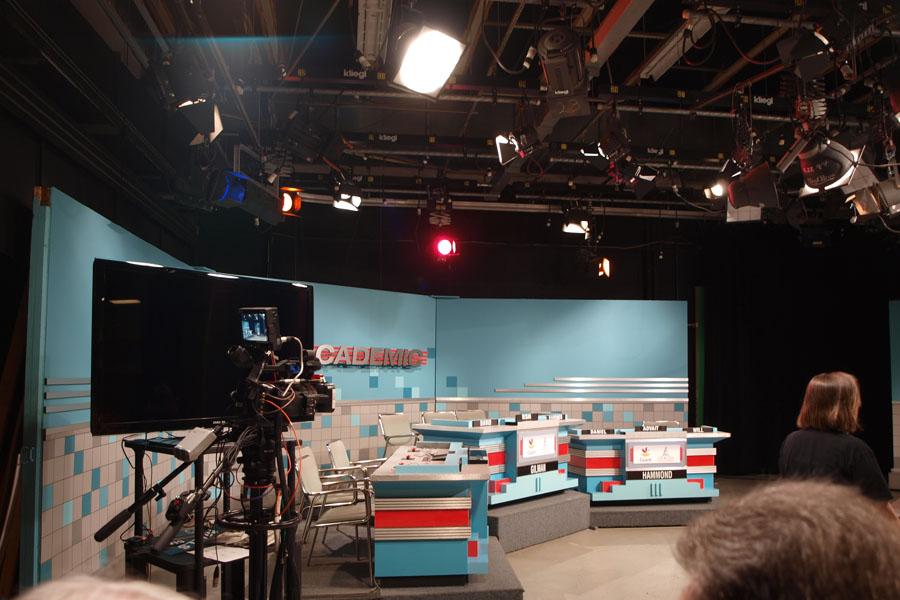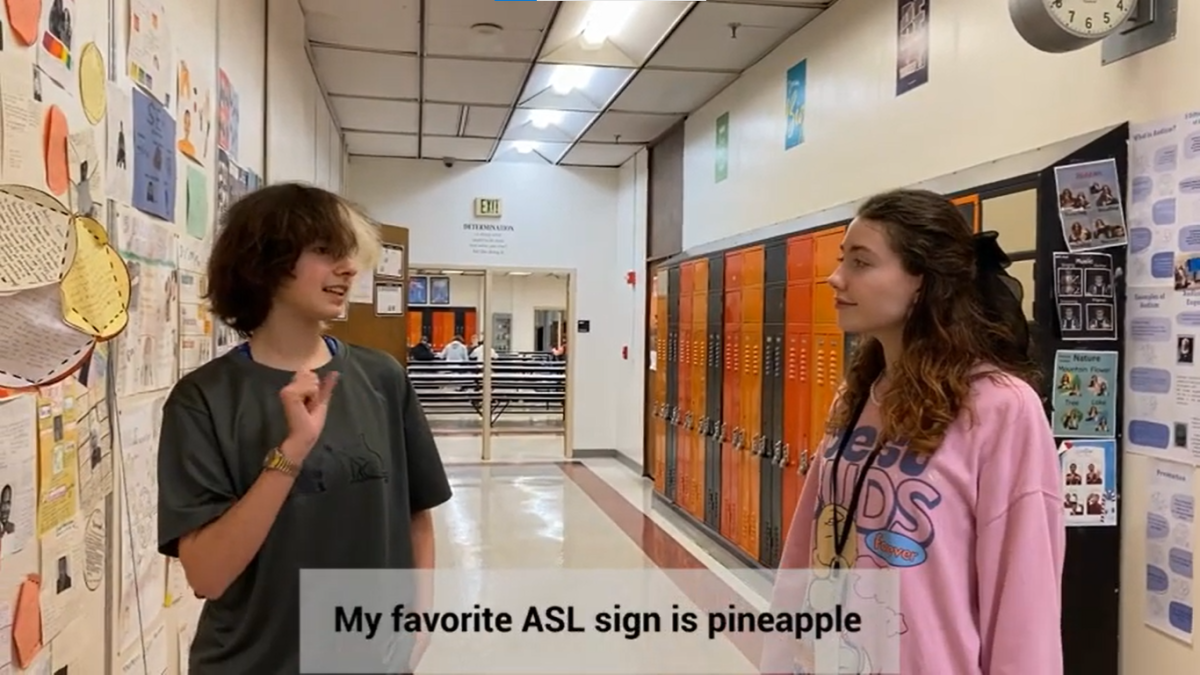
By Rebecca Holcomb
Round Table reporter
Last year, Hillcrest Elementary School did not make Adequate Yearly Progress (AYP) as according to the standardized MSA testing. Because it was the second year in a row that Hillcrest didn’t make AYP, Hillcrest students were given the option to attend school in Middletown. But teachers and other members of both communities seem to doubt the State’s decision of giving Hillcrest student’s school choice and wonder if this “solution” even addresses the real problem.
AYP is used to measure the progress and improvement of an elementary school each year. AYP was established to achieve the No Child Left Behind (NCLB) goal of 100 percent proficiency by 2014. The state of Maryland has established Annual Measurable Objectives (AMO’s) that all student’s need to meet.
Since Hillcrest Elementary School hasn’t met the objectives for two years in a row, the State has given the Hillcrest students school choice. School choice is when the families of Hillcrest students are given the choice of letting their children go to a school out of their district, including Middletown Elementary and Middletown Primary School.
“The federal government sets guidelines for everyone and then the state department decides what we’re going to do by state and each year AYP goes up. So even though Hillcrest made progress this year, it wasn’t enough once the standards were raised,” Dr. McArthur, the principle of Hillcrest Elementary, said.
Middletown parents and staff have been very welcoming to the students.
“As to them being at Middletown, I think it is great. I think the kids that transferred in are here because those families want the best they can provide for their children” said Jenni Poole, a parent of two students who attend Middletown Primary School and Middletown Elementary School.
Abbe Harmon, the enrichment specialist at MES, said that she has one student from Hillcrest in her class and that he seems to be making friends.
The teachers at Hillcrest also support the families who chose to send their children to Middletown. They believe that “it’s a good idea that families have the opportunity to provide and have a choice in their child’s development and what meets the needs of their child” and that “those continuous opportunities are good in no matter what form they take.”
But even though the children are being welcomed, many disagree with the State’s decision of giving Hillcrest students school choice and believe that school choice isn’t even a solution to the real problem.
“The State’s policy of giving the option of school choice implies that there is something wrong with Hillcrest and there is nothing wrong with Hillcrest. Hillcrest not meeting AYP points to a bigger problem with the State’s measure of student academics,” one Hillcrest teacher said. “If English is your second language, once you’ve been in school for only a year, you’re progress is held accountable through MSA.”
“I don’t think that students being given the option to go to Middletown is going to affect our AYP and if our students are able to make AYP on MSA,” another Hillcrest teacher said.
“I think a lot of Hillcrest’s issue is lack of family and community support, therefore, I don’t think this will help. All it does is take a few students out but it is not going to improve the environment. You can’t fix a leak if you can’t find the cause of the damage. So I am not sure that giving then the option of Middletown is the right decision,” said Poole.
Poole, like many other Middletown parents, believes that Hillcrest’s problem is the lack of family and community support. However, Hillcrest teacher’s say that the student’s sense of community isn’t the problem at all.
“I think that building a sense of community, which I think our school does a great job at, is important and I just wonder how it affects the students who go to Middletown, which is a school that’s outside of their community because when they’re here they’re within walking distance and they’re participating in all of our Family Fun Nights and I just hope that they’re able to do this type of thing in Middletown,” a HES third grade teacher said.
What is the right solution?
Harmon suggested that making class sizes smaller and hiring more staff would fix the problem.
Poole, on the other hand, believes that the solution would be “to find out what was causing the school to fail to begin with.”
“School choice is not the answer. Due to the nature of our unique students, solutions need to be unique as well. The way the State measures AYP does not fit a school like ours where subgroups are the majority. I think the way they measure progress needs to be changed to fit our population,” another third grade HES teacher said.
There are many different ideas about what should have been done to solve this problem but the State has already made its decision. No matter what the right solution was, there are now Hillcrest students attending school in Middletown and the community is doing it’s best to welcome them.






